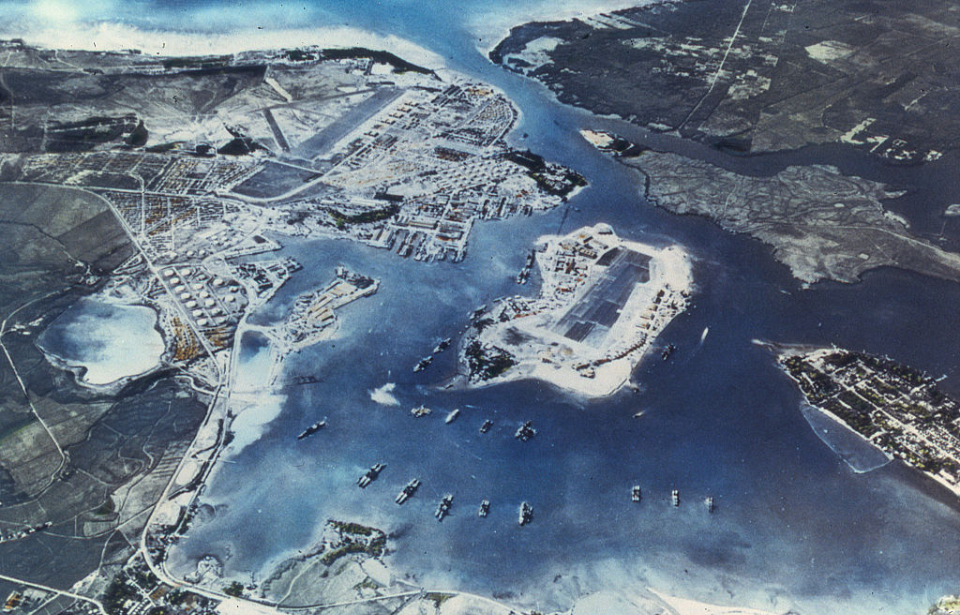The Japanese attack on Pearl Harbor on December 7, 1941, was a deadly day in the history of the United States, with thousands of military personnel and civilians losing their lives. The assault thrust the country into the Second World War, bringing substantial power to the Allies in both Europe and the Pacific Theater. While many are aware of the attack and its consequences, the majority of non-historians have asked a complicated and multi-faceted question: why did Japan attack Pearl Harbor?
Japan wanted to become a global superpower
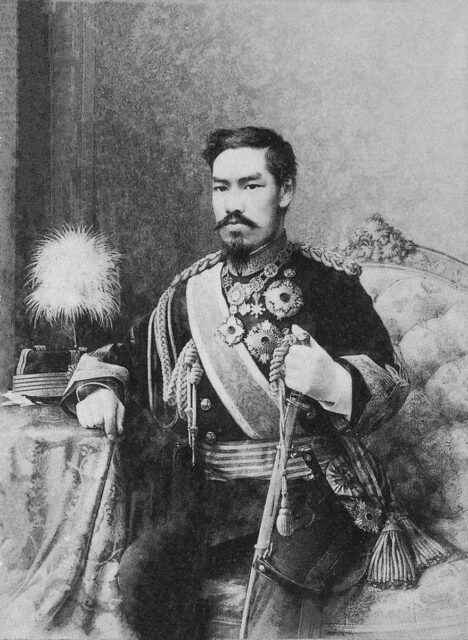
When examining why exactly Japan launched an attack on Pearl Harbor, one must look back to the late 19th century and the fall of the Tokugawa shogunate. As this was occurring, those under Emperor Meiji began working toward turning Japan into one of the world’s foremost superpowers.
A major part of this was expanding and modernizing the country’s economy and access to natural resources. Japan was a rather small nation at this time and it didn’t have access to enough resources to give it the economic and population boom it so dearly wanted. As such, plans were made to invade nations in the Indo-Pacific and other nearby regions, signaling the start of what has been called an aggressive period of expansionism.
Growing Japan’s economic prospects during the early 20th century
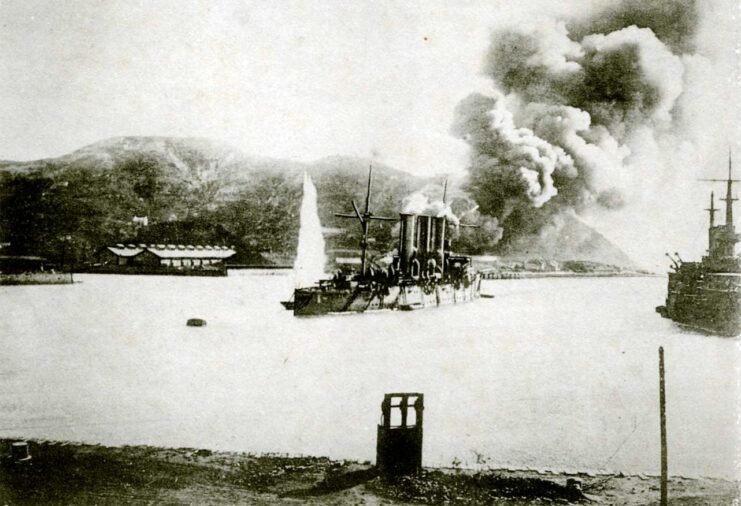
One of the ways Japan expanded its territory at the turn of the century was through conflict. The country’s military entered into war with both China (1894-95) and Russia (1904-05) to secure food stores and other resources along the Korean Peninsula and northeastern China, better known as Manchuria.
These conquests achieved what Japan hoped it would, with the nation being recognized as a “great” power in the writing of the Treaty of Versailles following the conclusion of World War I – and it only continued from there. Japan worked to make peaceful ties with other countries in the interwar period, securing deals for several raw materials. The most important of these came via the United States and Manchuria, with them supplying everything from petroleum and steel to grains and coal.
Japan changed direction during the Great Depression
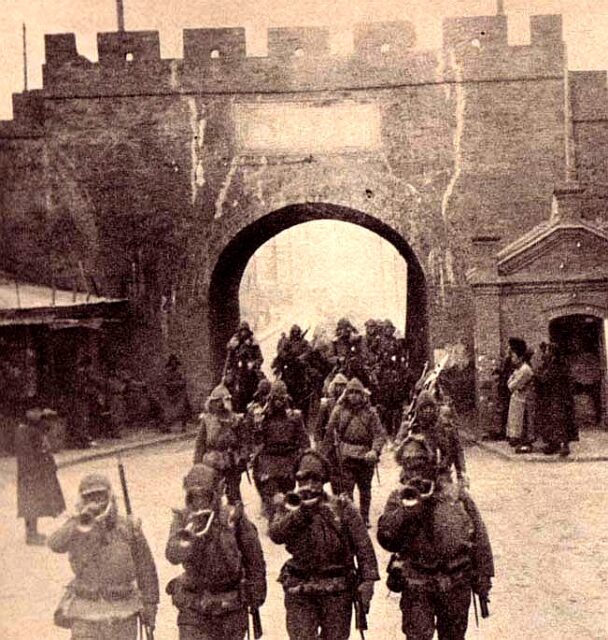
With the Great Depression hitting the world in the 1930s, along with the rise of authoritarian regimes in Europe and growing Chinese nationalism, Japan was forced to make a shift in its policies. The result: even more aggressive expansion.
This led the country’s military to invade Manchuria in September 1931, preluded by the staged Mukden Incident. Within half a year, Japan had secured control of the region and set up a puppet state, known as Manchukuo. While Western powers decried Japan’s invasion, little else was done, as the majority of countries didn’t want to go to war.
For the United States, in particular, the Stimson Doctrine guided decision-making during this time. While it allowed the country to speak out against the invasion, it was ineffective in that it didn’t prompt the US to impose material sanctions upon Japan. At the time, many didn’t see much wrong with this, given the isolationist stance held by the majority of Americans, and government officials were worried about intervening, given the ongoing strife between Chinese nationalists and Communists.
Things continued to get worse in Manchuria
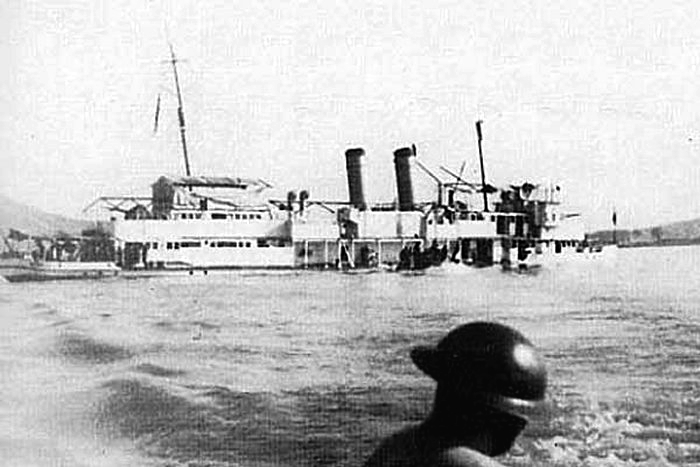
In 1933, with no sign that Japan would be leaving Manchuria anytime soon, the League of Nations condemned the invasion, to which Japan responded by withdrawing from the international organization. Following this, Japan became more aggressive in expanding its territory and power, withdrawing from naval agreements that limited the size of its navy, and doubling the size of its armed forces within the span of five years.
By October 1937, US President Franklin D. Roosevelt had become concerned enough about what was happening in Asia, as well as the ongoing Spanish Civil War, that he made a public statement, in which he said the “very foundations of civilization” were being “seriously threatened.” He was also worried that Japan would continue its expansionist movements into both the Philippines and Hong Kong, a move that would directly threaten the United States.
Tensions only began to grow in 1937-38, following the Nanjing Massacre, the bombing of the USS Panay (PR-5) and the Allison Incident. This led the US to increase trade to China, followed by economic sanctions upon Japan, which included the banning of the export of iron ore, aircraft materials and steel.
While all this was to make Japan wary of further action, it only angered the country’s government. In September 1940, it signed the Tripartite Pact with Germany and Italy, and a Neutrality Pact was signed with the Soviet Union the following year. While the latter was an ally of the US, the move meant Japan would be focusing its attention on southeast China, where American interests lay.
On top of all this, Japan signed a third pact, this time with Vichy France, which allowed its military to move into Indochina and continue the nation’s advance into southern Asia.
The United States froze all of Japan’s assets
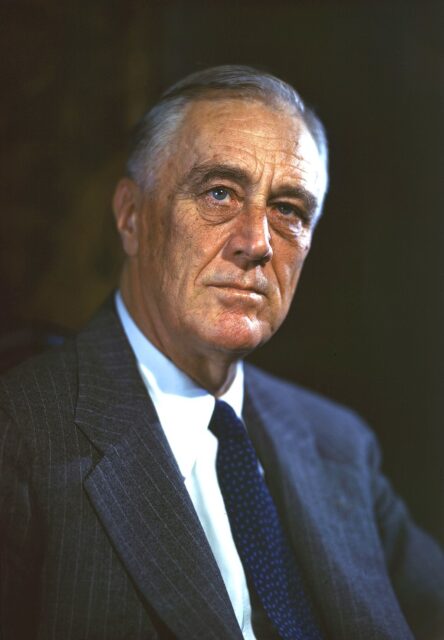
When Japan invaded and occupied Indochina in 1941, the United States, teaming up with the Dutch and British, responded by freezing all Japanese assets. This was a major blow, economically, with the sanctions resulting in a 94 percent drop in oil. This reportedly caused Japan to begin planning an attack on the trio’s colonial territories.
However, there was a major problem: any attack on these Pacific territories would cause an armed response from the US, which the Japanese knew they couldn’t effectively fight. This prompted the development of the “Southern Operation,” which would see attacks on the US at Pearl Harbor and the Philippines and on the British at Singapore.
Japan plans its attack on Pearl Harbor
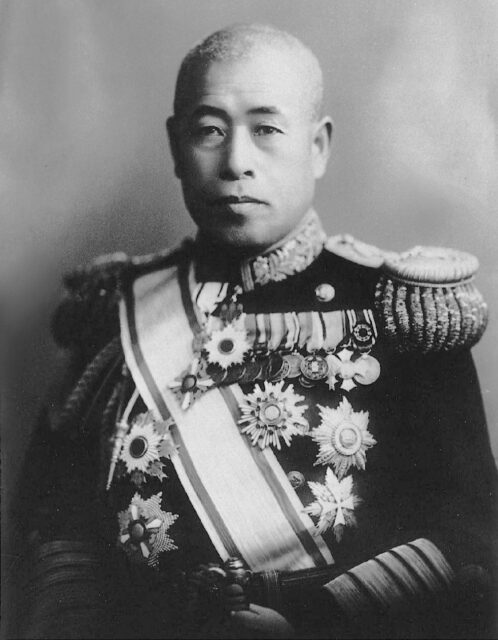
While a number of officials were involved in the planning of the Japanese attack on Pearl Harbor, the person who did the most work was Adm. Isoroku Yamamoto, who spent months devising a way to decimate the US Pacific Fleet and strike a blow to the country’s morale.
The decision was made to obliterate America’s naval capacity in the Pacific in one fell swoop. By doing so, the belief was that the Japanese could take the Philippines and British Malaya by the time the US had rebuilt, and build enough of a defensive barrier to prevent them from launching an effective counterattack, even months down the road.
Throughout the planning stage, Japan engaged in negotiation talks with the US, to no avail. When the latter issued a 10-point statement about its position, the Imperial Japanese Navy (IJN) decided it was time to strike.
Pearl Harbor wasn’t the only place Japan attacked
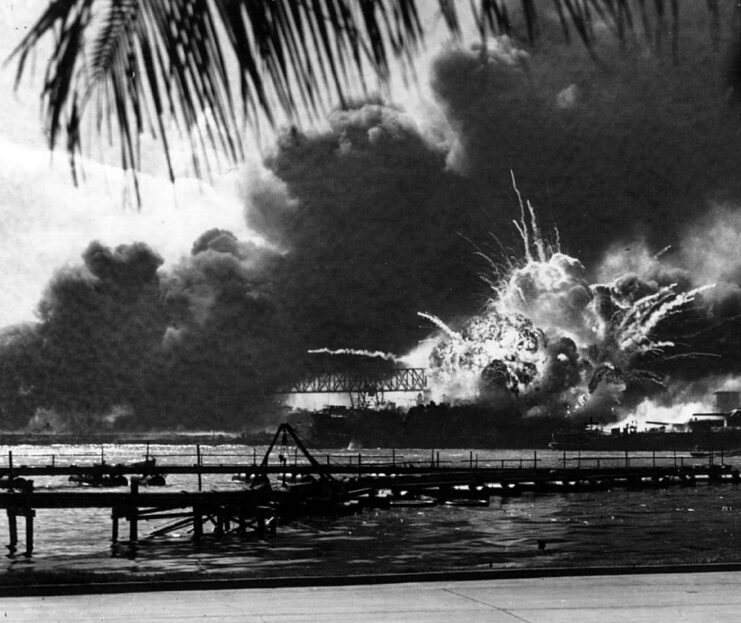
On December 7, 1941, Japan did as it had planned and launched a large attack on Pearl Harbor. The naval base wasn’t believed to have been a viable target, so the United States hadn’t provided it with near enough defensive measures, giving the Japanese a bit of an edge, along with the surprise nature of the strike.
What many don’t realize, however, is that Pearl Harbor wasn’t the only place targeted by the Japanese that day. While they may have been recorded as having occurred on December 8, given the time zone difference, strikes were launched on Guam, Malaya, Hong Kong, Singapore, Wake Island and the Philippines – all British and American territories.
In the Philippines, the Japanese took out almost an entire fleet of Curtiss P-40 Warhawks and Boeing B-17 Flying Fortresses at Clark Field, prompting an immediate response from the US. Heavy combat ensued, with the Japanese ultimately securing a victory in 1942. By then, the military had also secured control of Hong Kong, the Dutch East Indies, Guam, British Malaya and Singapore.
The majority of these territories remained under Japanese control until the final year of the Second World War.
Japan’s attack on Pearl Harbor wasn’t all that damaging
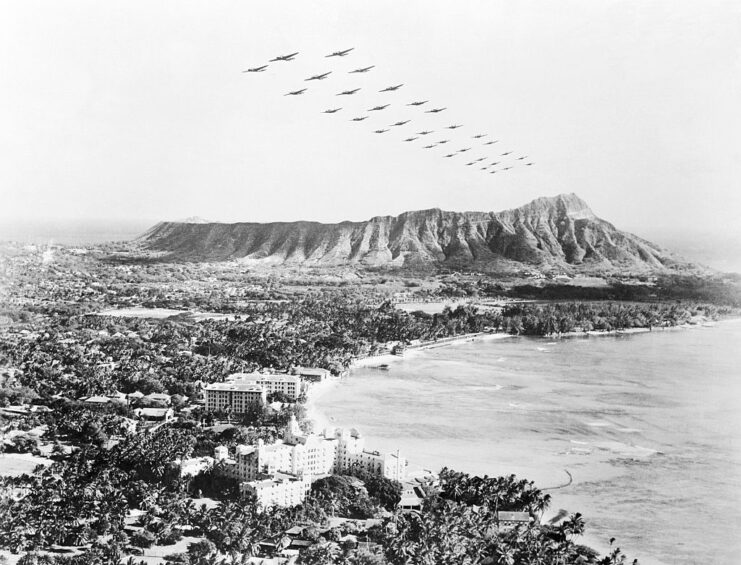
While, at first, the Japanese attack on Pearl Harbor looked successful, the fact of the matter was that a good portion of the US Pacific Fleet wasn’t stationed at Ford Island. While eight battleships and hundreds of aircraft were bombarded by bombs, the bulk of America’s naval power was unscathed, including tankers, repair facilities and ammunition sites.
More from us: Adolf Galland: The Luftwaffe Air Ace Who Survived Being Shot Down Four Times
Most importantly, the US Navy’s fleet of aircraft carriers wasn’t moored at Pearl Harbor. This came back to bite the Japanese in June 1942 when three carriers – the USS Yorktown (CV-5), Enterprise (CV-6) and Hornet (CV-8) – helped secure a crucial win at the Battle of Midway, which many view as the pivotal turning point of the war in the Pacific Theater.
